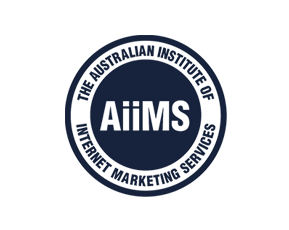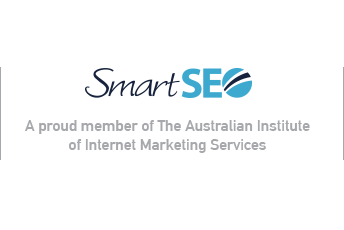When it comes to your Pay-Per-Click (PPC) advertising program, obviously, just displaying your ads to people is not enough. Another key factor is the Click Through Rate (CTR). A high CTR would give you evidence that your ads are drawing attention and are impelling people to click on them to investigate further. So, CTR is one of the key metrics to consider when you’re evaluating your PPC program.
However, CTR by itself is not a of measure success. Converting these visitors into customers is really the purpose of your ads. Many studies have shown that the vast majority of visitors to your website will leave without taking any action. So, while a high CTR is desirable, it is not the only measure of your success.
Google Remarketing
Google Remarketing is a fairly new form of advertising whose purpose is to increase the number of conversions for your website. Its specific purpose is to try to turn each and every visitor into a customer. Since many businesses spend a lot of money on their PPC program, getting the most bang for the buck is essential.
This is where Google Remarketing comes in. It works on the premise that the average consumer is more likely to buy something when they see it over and over again. Therefore, if you can find a way to track a visitor and get them to come back to your website, each time they do so you’re more likely to convert them. The more repeat visitors you have, the higher your conversion rate is likely to be.
How Does It Work?
The strategy is to take note of each visitor who comes to your website. Then, if they do a similar search, your ad would feature more prominently. It would also follow them to the next website they go to, and serve up another ad from your PPC program. In this way, they begin to see your name and your ads over and over again, which will hopefully induce them to visit again. As repeat visitor, they should be easier to convert.
The Benefits
Obviously, since you’re paying by the click, every click on one of your ads is going to cost you money. So you want each click to count. While having a person click on your ads multiple times may seem counterintuitive, these are actually people who are more likely to be converted than first time visitors.
Take a look at the math. If 100 people click on your ads and only one of them buys, you have a fairly low percentage of conversions. Now, imagine you can track 10 people and get them to click on your ads 10 times each. Because they have demonstrated a real interest in your business, they are probably going to be more likely to convert. If even one third of these people convert, you have now tripled your conversion rate. Instead of one new customer for every 100 clicks, you have three for the same 100 clicks.
Obviously, it would be much better if you could get people to click once and convert on the spot, but that just isn’t realistic. Since you have to get them to click through multiple times as demonstrated in this scenario, it will cost 10 times more per person to get a conversion, but you still get more conversions for the same number of clicks.
This program allows you to follow potential customers online until they are encouraged to make that purchase. It also allows you to choose the type of ad that you want displayed to them. For example, once they’ve shown some interest, you may choose to use image ads, as opposed to the less effective text ads. Because these are targeted visitors, it allows you to direct your money to where it will do the most good. By getting more conversions, remarketing allows you to get more customers.
Author Bio:
 |
Asher Elran is a practical software engineer and a marketing specialist. CEO at Dynamic Search and founder of Web Ethics. Asher is enthusiastic about all things concern killer content, creative marketing, and CRO. |
| Website | http://www.webds.com |



















